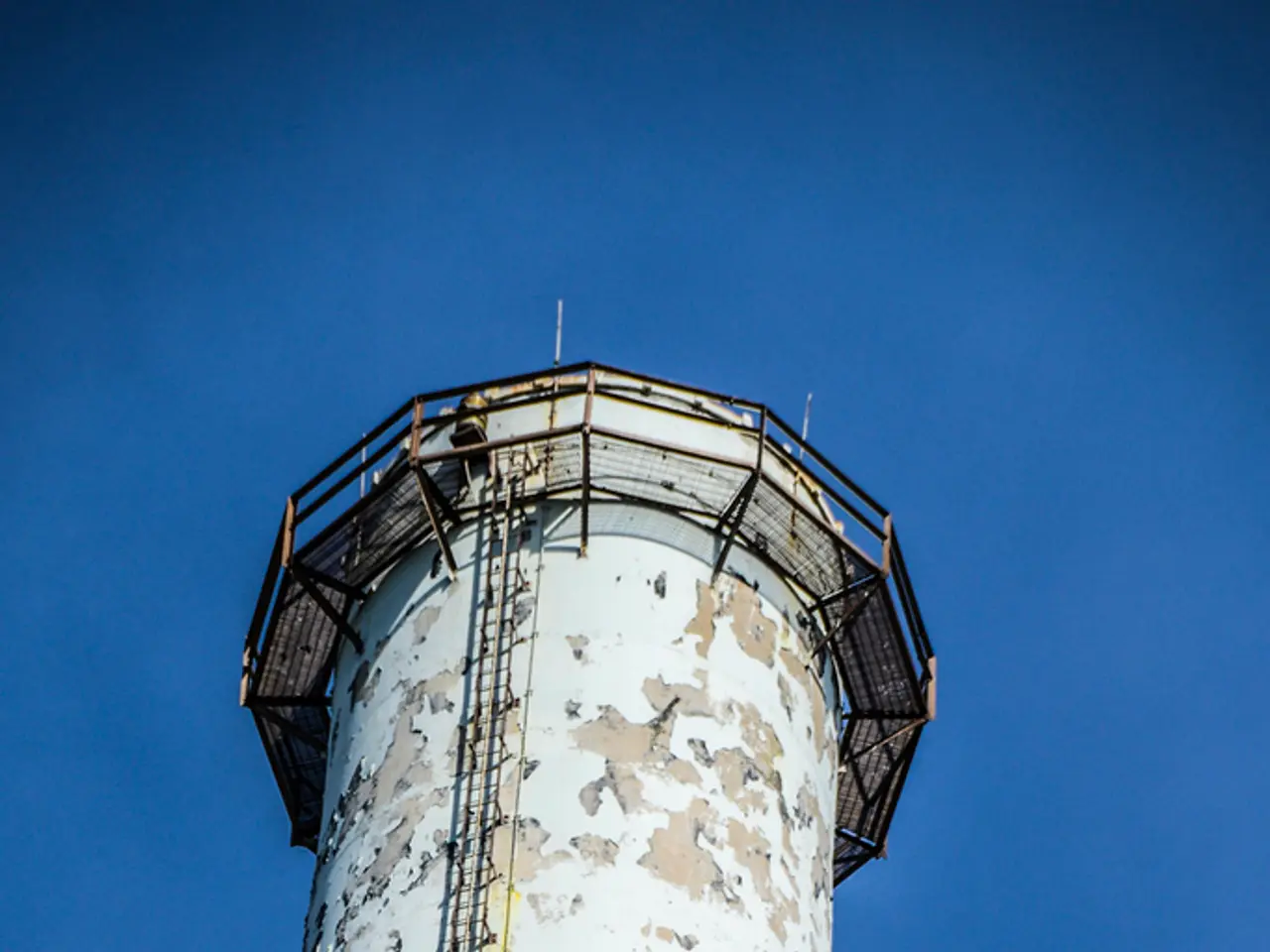Giant Oil Platforms: Marvels & Controversies of Offshore Energy
Giant oil platforms, marvels of modern engineering, dot the world's oceans, powering global energy needs. These colossal structures, owned by major corporations and nations, have become symbols of offshore energy and its evolution. However, they also face controversy amidst climate change concerns.
Troll A in Norway, the heaviest ever moved, weighs over 1.2 million tonnes and supplies about 10% of Norway's natural gas exports. The Berkut Oil Platform in Russia, the largest by weight, tips the scales at 220,000 tonnes and produces over 45,000 barrels per day. In the U.S., Perdido is the deepest, with a hull as tall as the Eiffel Tower, and Petronius is the tallest, standing at 2,100 ft (640 m) from seabed to top.
These behemoths, measured by height, weight, barrel of oil equivalent (BOE), and daily production capacity, operate in harsh environments like the Gulf of Mexico, the North Sea, and West Africa. Olympus, designed to withstand sea hurricanes, weighs approximately 109,000 tonnes and produces about 100,000 BOE per day. The Hibernia oil rig in Canada, with a gravity base structure storing 1.3 million barrels of oil, operates in the North Atlantic ocean.
These oil rigs, owned by countries like the United States, Saudi Arabia, and Brazil, and operated by companies such as ExxonMobil, Eni, and Glencore, represent the evolution of offshore energy. They lay the groundwork for transition toward lower-carbon operations, symbolizing humanity's ability to adapt and innovate in the face of changing energy needs and environmental challenges.
Read also:
- Amazon Halts Drone Deliveries After Arizona Crashes
- US Energy Transition: Coal Plants Struggle, States Push Renewables
- Musk threatens Apple with litigation amidst increasing conflict surrounding Altman's OpenAI endeavor
- U.S. Army Europe & Africa Bolsters Regional Security with Enhanced Partnerships & Deterrence








